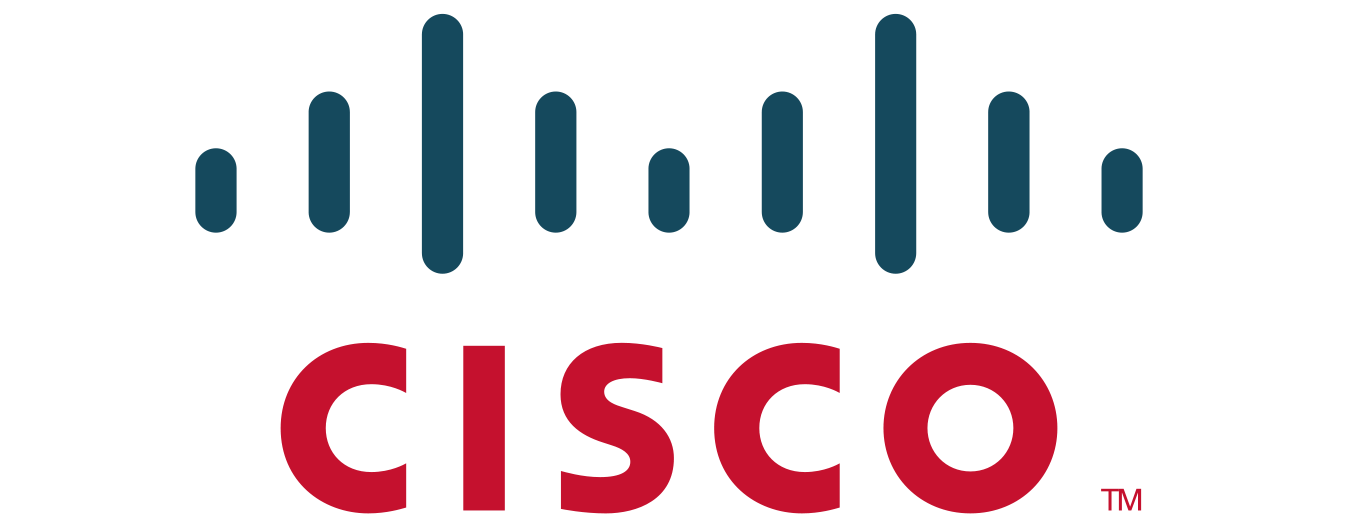Course Summary
After taking this course, you will be able to:
• Configure classic Enhanced Interior Gateway Routing Protocol (EIGRP) and named EIGRP for IPv4 and IPv6
• Optimize classic EIGRP and named EIGRP for IPv4 and IPv6
• Troubleshoot classic EIGRP and named EIGRP for IPv4 and IPv6
• Configure Open Shortest Path First (OSPF)v2 and OSPFv3 in IPv4 and IPv6 environments
• Optimize OSPFv2 and OSPFv3 behavior
Troubleshoot OSPFv2 for IPv4 and OSPFv3 for IPv4 and IPv6
• Implement route redistribution using filtering mechanisms
• Troubleshoot redistribution
• Implement path control using Policy-Based Routing (PBR) and IP service level agreement (SLA)
• Configure Multiprotocol-Border Gateway Protocol (MP-BGP) in IPv4 and IPv6 environments
• Optimize MP-BGP in IPv4 and IPv6 environments
• Troubleshoot MP-BGP for IPv4 and IPv6
• Describe the features of Multiprotocol Label Switching (MPLS)
• Describe the major architectural components of an MPLS VPN
• Identify the routing and packet forwarding functionalities for MPLS VPNs
• Explain how packets are forwarded in an MPLS VPN environment
• Implement Cisco Internetwork Operating System (IOS®) Dynamic Multipoint VPNs (DMVPNs)
• Implement Dynamic Host Configuration Protocol (DHCP)
• Describe the tools available to secure the IPV6 first hop
• Troubleshoot Cisco router security features
• Troubleshoot infrastructure security and services
This course will help you:
• Gain the knowledge you need to install, configure, operate, and troubleshoot an enterprise network
• Qualify for professional-level job roles in advance routing and services
• Prepare for the Implementing Cisco Enterprise Advanced Routing and Services (300-410 ENARSI) exam.
Module 1: Routing Protocols
• Implementing EIGRP: Configuration and deployment of Enhanced Interior Gateway Routing Protocol.
• Optimizing EIGRP: Techniques to improve EIGRP performance and efficiency.
• Troubleshooting EIGRP: Methods for diagnosing and resolving issues with EIGRP.
• Implementing OSPF: Configuration of Open Shortest Path First protocol.
• Optimizing OSPF: Enhancing OSPF performance and stability.
• Troubleshooting OSPF: Diagnosing and resolving OSPF-related issues.
• Implementing Internal Border Gateway Protocol (IBGP): Configuring IBGP for internal network routing.
• Optimizing BGP: Techniques to improve Border Gateway Protocol performance.
• Implementing MP-BGP: Configuring Multiprotocol BGP for support of multiple network protocols.
• Troubleshooting BGP: Diagnosing and resolving issues with BGP.
Module 2: Redistribution and Path Control
• Configuring Redistribution: Techniques for redistributing routes between different routing protocols.
• Troubleshooting Redistribution: Diagnosing issues related to route redistribution.
• Implementing Path Control: Techniques for controlling and influencing routing paths.
Module 3: MPLS and VPNs
• Exploring MPLS: Introduction to Multi-Protocol Label Switching and its benefits.
• Introducing MPLS L3 VPN Architecture: Overview of MPLS Layer 3 VPN architecture and its components.
• Introducing MPLS L3 VPN Routing: Configuring MPLS L3 VPN routing for efficient data transmission.
• Configuring Virtual Routing and Forwarding (VRF)-Lite: Implementing VRF-Lite for segmenting routing tables within a single router.
• Implementing DMVPN: Deployment of Dynamic Multipoint VPN for scalable remote access.
• Implementing DHCP: Configuration of Dynamic Host Configuration Protocol for IP address allocation.
• Troubleshooting DHCP: Diagnosing and resolving issues with DHCP.
Module 4: Security
• Introducing IPv6 First Hop Security: Techniques for securing IPv6 first-hop interactions.
• Securing Cisco Routers: Methods for securing Cisco routers against threats and vulnerabilities.
• Troubleshooting Infrastructure Security and Services: Diagnosing and resolving security and service issues in network infrastructure.
Other Popular Courses
Executive Cyber Risk Certification (ECRC)
- Duration: 2 Days
- Language: English
- Level: Intermediate
- Exam: ECRC
Mastering Communication & Presentation Te...
- Duration: 4 Days
- Language: Danish
- Level: Intermediate
- Exam: MCPT
Next Generation Mindfulness
- Duration: 1 Days
- Language: English
- Level: Foundation
- Exam: NGM
